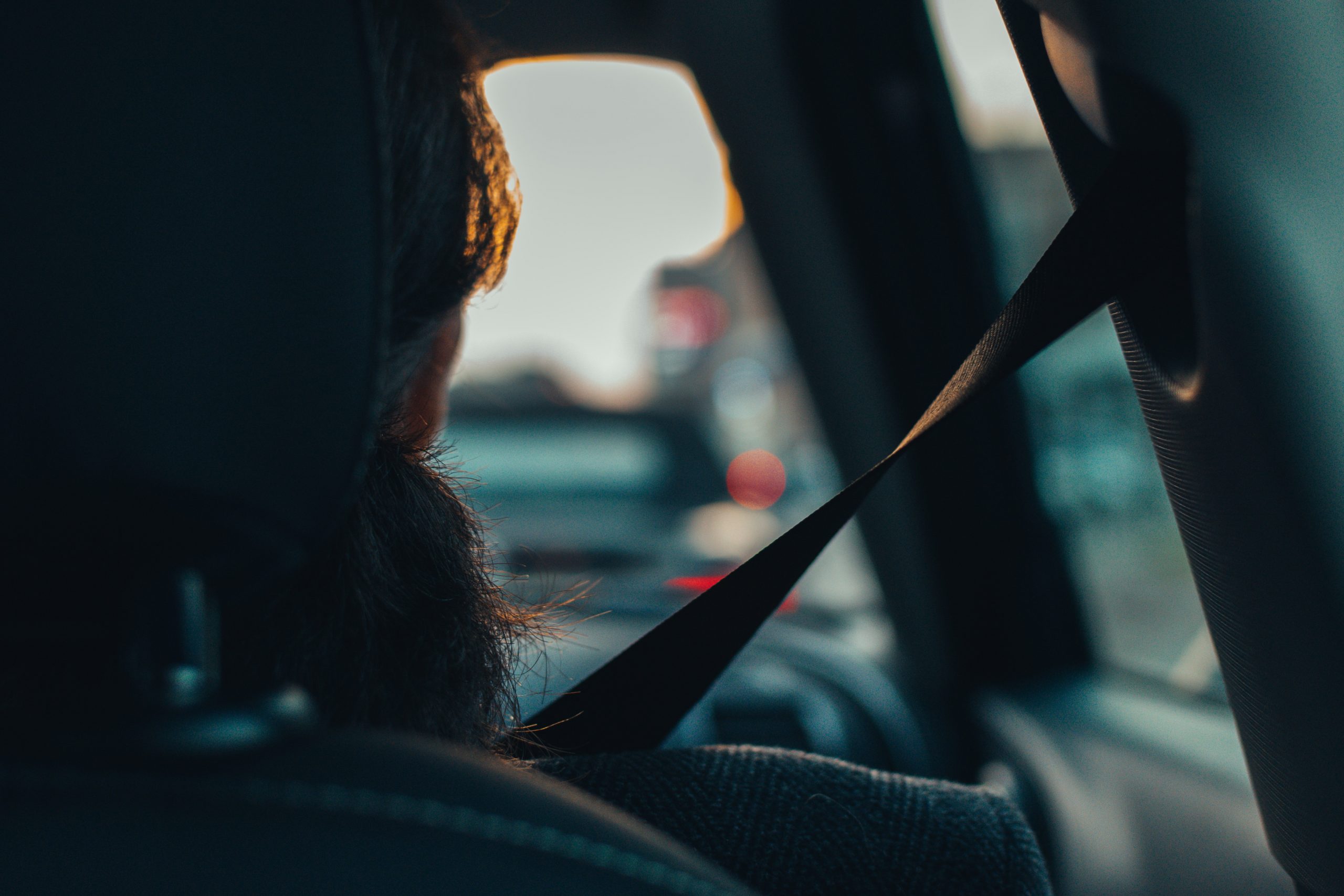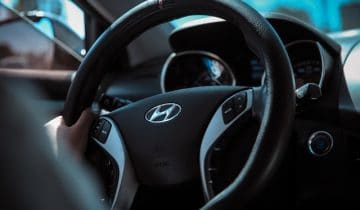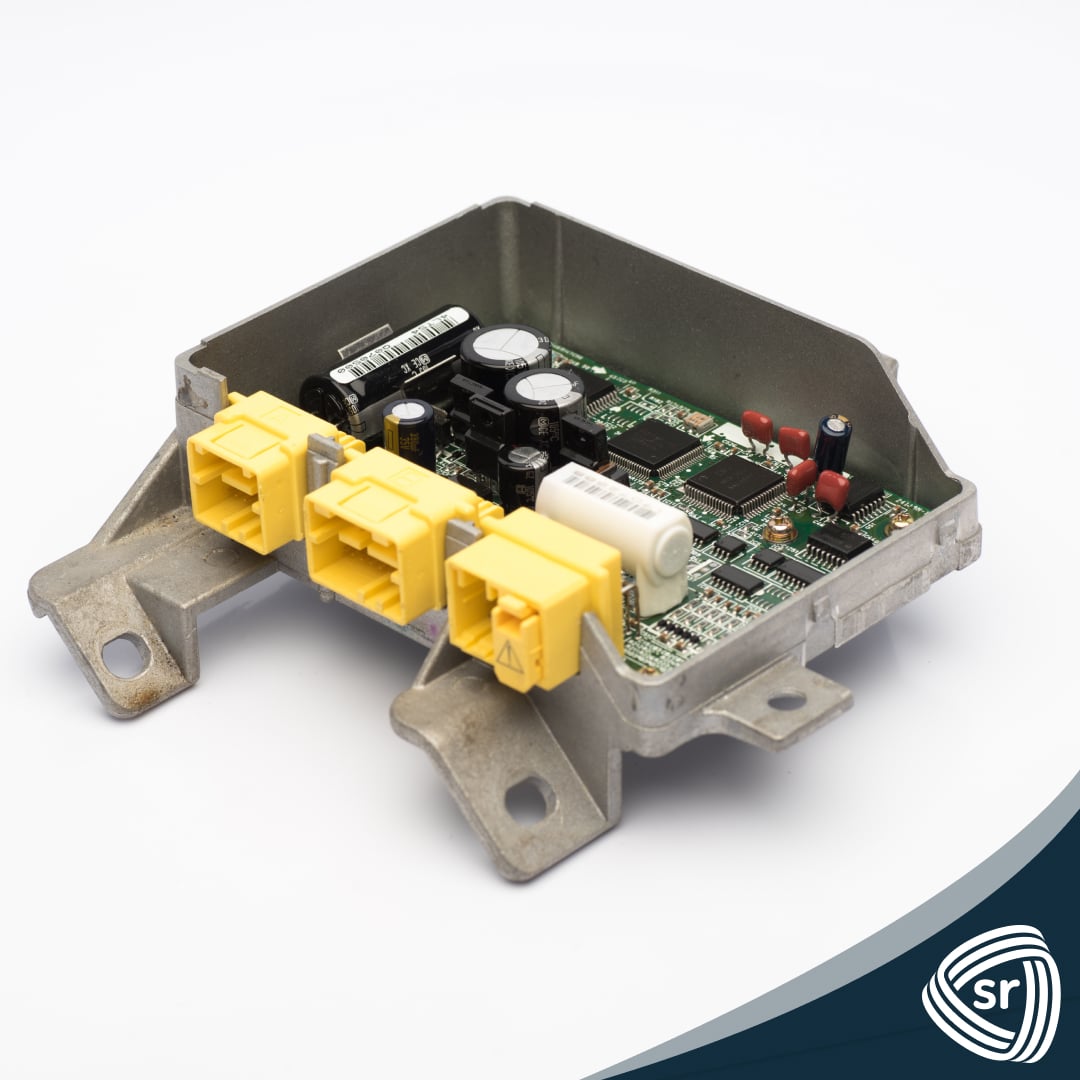The aftermath of a car accident can be an overwhelming experience, especially if it’s your first time. You’ll need to go over a few tasks like filing an official report and contacting your insurance to get any claims for reparations. Besides these responsibilities, you also need to get your car checked for sustained damage. If you were under a major car crash, you might need to seek medical attention to double-check your body’s condition. Similar to your vehicle, you must also assess if your car’s Supplemental Restraint System (SRS) is in one piece.
Going over your post-car accident checklist
It’s understandable for you to prioritize your well-being and your passengers after getting out of a car crash. Once you’ve confirmed your and your passengers’ safety, you must also give proper attention to your car’s condition. Besides the exterior components of your vehicle, you should also check the interior components for any signs of wear and tear. After undergoing severe trauma, your car’s SRS components will keep you safe to minimize your risk of injuries. This includes your seatbelts and airbags that activate once enough force comes into contact with your automobile.
Relying on your seat belt for safety
Your seat belts can last for a long time without needing a replacement. However, you should always check your seat belts to assess if they’ll need repairs or replacements. A severe car accident can trigger an automatic response that’s noticeable with a jolting sensation, stretching its sash in place to secure you in your seat. This prevents you from launching off or sliding under your seat while your car sustains a considerable amount of force. Unfortunately, its recoil will leave your seat belts unusable in most cases. Because of this, you’ll need to treat it to repairs or replacements, together with the rest of your car’s damage.
Getting a seat belt replacement
Driving without a working seat belt puts you at extreme risk of suffering a more severe accident in the future. Your car can appear in one piece with your seat belt’s components looking visually intact. However, internal damage like a broken pretensioner or non-recoiling belt sash will do little to prevent you from receiving harm on the road. There are cases where you’ll have to replace several individual components or the entire belt system itself after sustaining damage from impact.
The most common damage on your seat belt is an exhausted pretensioner. Since it’s the lock that secures you in place upon impact, it must have undergone severe stress after your car accident. Another potential damage you should check is the state of the belt itself. In some cases, a driver or passenger may go through panic tugging to attempt to leave their vehicle after a car crash. If your seat belt’s sash had to be cut to rescue you from your vehicle, you’ll need to get a replacement for the fabric as well.
Conclusion
Besides your seat belts, you should also check other critical aspects of your vehicle to see if it’s in working order. Your fenders could be bent from the accident, similar to your front grill and trunk lock. Additionally, your window seals could have vulnerabilities that can expose your car’s interior mechanisms to water seepage. Checking all these components to a thorough garage is necessary to keep your car from maneuverability issues or long-term damage. Unfortunately, waiting for your car’s original manufacturer for a speedy response isn’t always the best option.
Thankfully, you don’t have to wait weeks before getting a new seat belt replacement from your car’s original manufacturer. At Safety Restore, we can manage all your post-accident restorations. If your car needs a post-car collision seat belt repair and replacement, contact us today!


